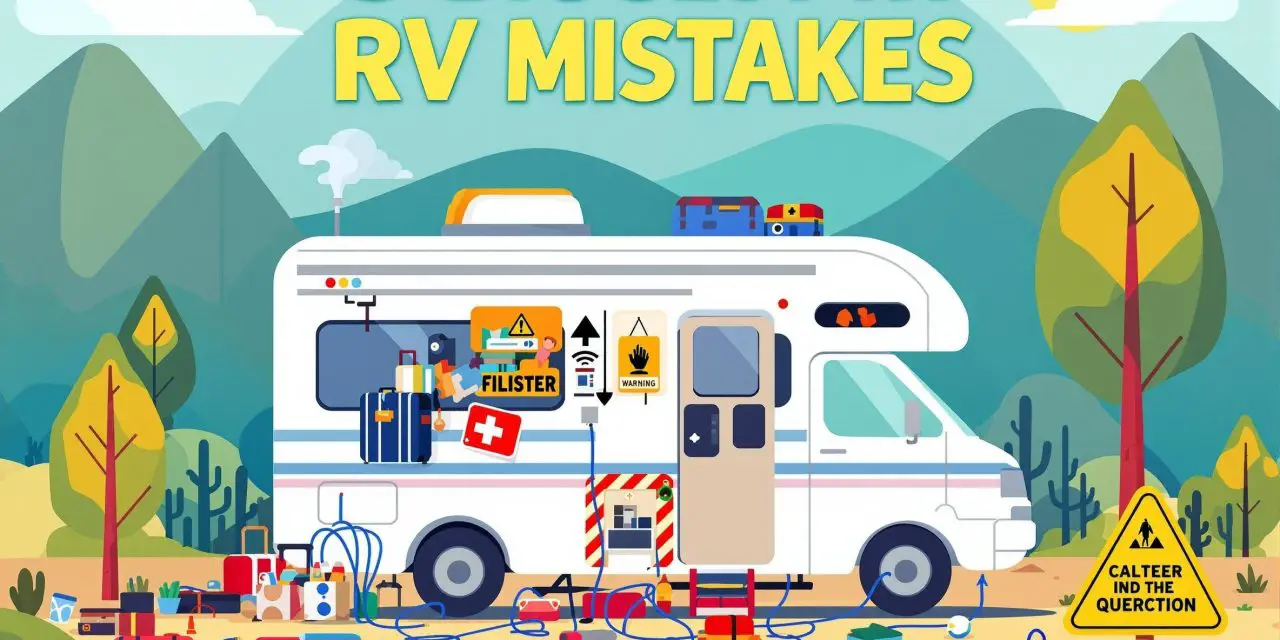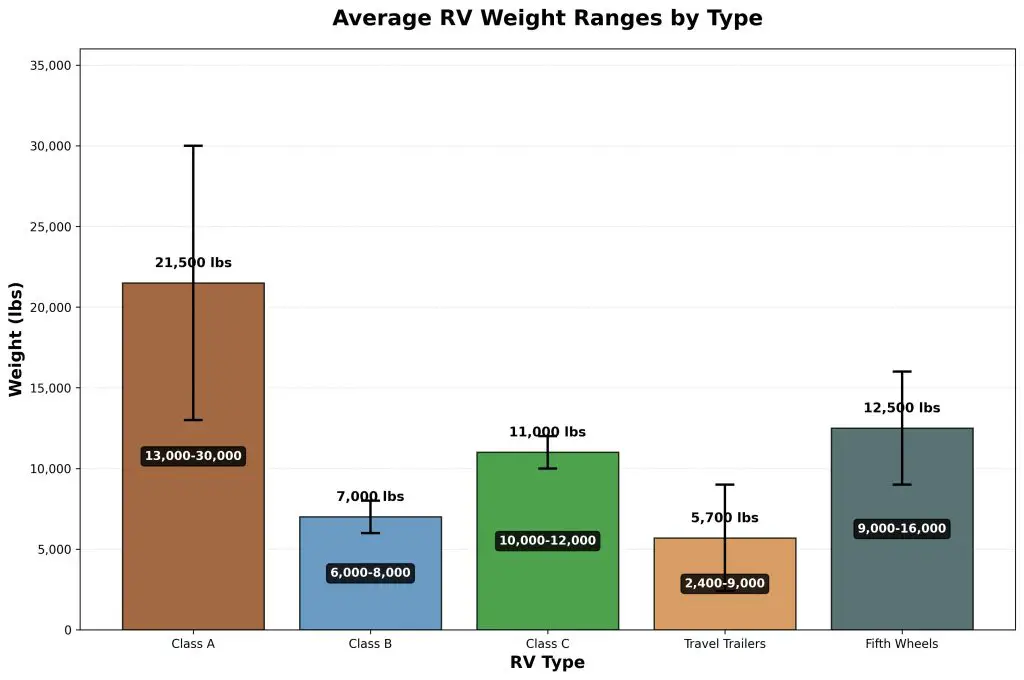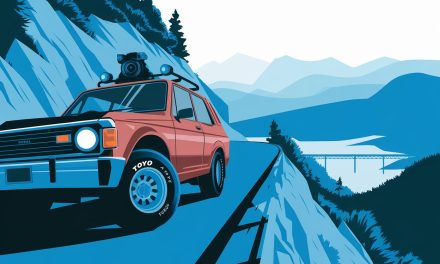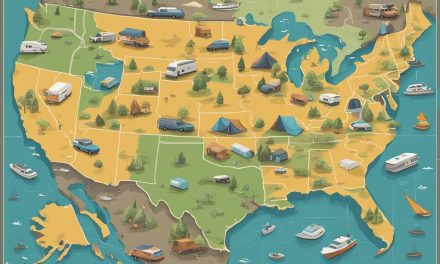Would you like to save this article?
You’re about to embark on your RV adventure, dreaming of those Instagram-worthy sunsets and perfect moments on the open road. But hold up—before you hit the highway, let’s talk about the reality check that’s coming your way.
After three years of full-time RV living, Bob and Karri from Life Redesigned have learned some hard lessons that’ll save you from becoming another cautionary tale at the campground. From internet disasters that cost them $600 a month to transmission failures that left them stranded for a week, these seasoned RVers are sharing their most painful mistakes so you don’t have to live through them yourself.
Think of this as your crash course in avoiding the most common (and expensive) RV rookie mistakes that could turn your dream trip into a nightmare.
The Internet Catastrophe That Burned Through $600 Monthly
Your first mistake might be thinking you need every single internet connection available on the market. Bob learned this the expensive way, collecting five to six different internet sources including Starlink, Verizon, AT&T, and even a T-Mobile home device. Every time they pulled into a new spot, they had to deploy all these devices just to ensure coverage.
According to recent RV industry statistics, 46% of RV owners now fall within the 35-54 age range, with many working remotely while traveling. This makes reliable internet crucial, but you don’t need to break the bank getting it.
The Reality Check: You’re basically paying for five subscriptions to watch Netflix in the woods. Instead of juggling multiple services, invest in one comprehensive solution that combines all carriers into a single service. This approach can cut your monthly internet costs in half while actually improving your coverage reliability.
Buying the Wrong RV (Not Once, But Twice!)
You’d think after buying the wrong RV once, they’d learn their lesson. Nope! Bob and Karri went through three different rigs before finding their perfect match. First, they had a Winnebago 2100 BH (the BH stands for bunk house) that they thought they could convert for longer stays—they were sorely mistaken.
Then they bought a Grand Design 22 MLE for their full-time adventure, constantly modifying the floor plan, changing out dinettes, and installing custom office setups. It still wasn’t right, so now they have “Goliath”—their third and hopefully final rig.
Here’s the kicker: Everyone Bob and Karri talk to made the opposite mistake—they bought too big and ended up downsizing. The key is finding that Goldilocks zone of not too big, not too small, but just right.
Research shows that the average RV owner spends about $15,000-$40,000 on their first RV, but many end up selling within two years due to size mismatches.
Your RV isn’t a TARDIS—it can’t fit your entire house inside. You’ll be amazed how creative people get trying to justify bringing their collection of ceramic dolphins on a cross-country trip.
You Can’t Fit Your Whole House in Your RV (But You’ll Try Anyway)
Bob and Karri learned this lesson with a literal bang—well, more like a blown tire in South Carolina. They were 500-600 pounds overweight on their first trip out, which they initially blamed on road debris. The reality hit them when they finally got on a CAT scale.
The shocking statistics: According to industry data, over 85% of RVs are overweight when they leave the driveway for the first time. The average Class A RV weighs between 13,000-30,000 pounds, while fifth wheels range from 9,000-16,000 pounds—and that’s before you add your stuff!
Pro tip: If you buy everything that RV influencers tell you to, you’ll be overweight before you leave your driveway. Get your RV weighed at a CAT scale before your first major trip. It costs about $12-15 and could save you thousands in tire replacements and potential accidents.
You know you’ve packed too much when your RV’s suspension looks like it’s doing yoga poses it was never meant to attempt.
Skimping on Maintenance (AKA How to Turn a $50 Oil Change into a $5,000 Nightmare)
Here’s where Bob’s story gets really painful. Picture this: You’re driving six hours to Hershey, towing your Winnebago, excited about your vacation. Then—BAM!—your transmission gives up about an hour from your destination because you forgot to check the fluid levels.
What followed was a 3.5-hour wait for a tow truck in the hot Pennsylvania sun, over a week stuck waiting for repairs, and rental car expenses that could’ve funded a nice hotel stay instead.
The brutal truth: Basic maintenance that costs $200-300 can prevent repairs that cost $3,000-8,000. According to RV maintenance statistics, skipping routine maintenance is one of the top reasons RVs break down on the road.
Bob now follows his manufacturer’s suggested maintenance schedule religiously—but uses heavy-duty intervals because towing puts extra stress on everything. Your RV maintenance schedule should include:
- Regular oil changes (every 3,000-5,000 miles for towing)
- Transmission fluid checks
- Wheel bearing inspections
- Seal inspections
- Air filter replacements
Nothing says “amateur hour” like explaining to your family why you’re spending your vacation at a transmission shop instead of exploring Hershey Park.
Reading RV Park Reviews Like They’re Gospel Truth
You’re about to book your next RV park when you stumble across a review that says, “If you walk outside, you’re going to get punched in the face by a hillbilly.” Naturally, you’re having second thoughts about your reservation.
Bob and Karri have experienced both sides of this coin—dreading parks with terrible reviews that turned out to be amazing, and staying at YouTuber-recommended parks that were absolute disasters.
The reality: Everyone has different expectations for RV parks. What one person considers a “hellhole” might be perfectly fine for your needs. Some people expect resort-level amenities for state park prices, while others are happy with basic hookups and clean bathrooms.
Pro tip: Instead of relying solely on online reviews, connect with the RV community and get recommendations from people whose travel style matches yours. Bob trusts Pete’s recommendations because Pete travels like they do—but he’s still threatening to let the air out of Pete’s tires if the next recommendation is wrong!
Reading online reviews can give you anxiety that rivals a horror movie marathon. Some reviewers make it sound like RV parks are lawless wastelands where grills get stolen and Wi-Fi goes to die.
The Double Whammy: Underestimating Boondocking AND Thousand Trails
Boondocking: Not Just for Overnight Stops
Karri prefers boondocking for quick overnight stops—sleep, wake up, and leave. But they’ve discovered that those impromptu boondocking spots (Cracker Barrels, Walmart parking lots, rest areas) often provide better sleep than expensive RV parks.
The financial impact is huge: With average RV park rates now hitting $50+ per night for basic stays, boondocking can save you $1,500+ per month. That’s serious money that can extend your travel budget significantly.
Thousand Trails: Love It or Hate It (But It’ll Save You Money)
Bob came out swinging against Thousand Trails about a year ago, swearing they were done with the system. They kept their membership but avoided the parks, spending money on expensive RV resorts instead.
Then reality hit their wallet—they were spending $1,500-$1,700 per month on RV resorts. When they reluctantly returned to Thousand Trails, they discovered they’d forgotten why they joined in the first place: significant savings.
The truth about Thousand Trails: Yes, some parks are disappointing. But some of those expensive RV resorts people recommended weren’t much better—Bob mentions standing in 2-foot-tall sewer water at one highly-recommended (and expensive) resort.
| RV Park Type | Average Monthly Cost | Thousand Trails Monthly Cost |
|---|---|---|
| Private RV Resorts | $1,500-$1,700 | $400-$600 |
| State Parks | $800-$1,200 | Not applicable |
| Basic RV Parks | $1,000-$1,400 | $400-$600 |
When done properly and with realistic expectations, Thousand Trails can be a game-changer for your travel budget. The key is knowing what you’re getting into and not expecting luxury resort amenities at membership prices.
The Bottom Line: Every Mistake is a Learning Experience
After 3 years on the road, Bob and Karri wouldn’t trade their RV lifestyle for anything—mistakes and all. They’ve learned to laugh at their blunders because that’s part of the adventure. Life on the road teaches you lessons you never expected, just like YouTube (where you don’t know how wrong you are until someone tells you in the comments).
The key takeaway? Do your research, but don’t let the fear of making mistakes keep you from starting your RV adventure. Every experienced RVer has a collection of “learning experiences” that make great campfire stories later.
SOURCES
- Life Redesigned YouTube Channel
- The BIGGEST RV MISTAKES We Made (So You Don’t Have To) – Video
- 7 Rookie RV Mistakes New Owners Make – RVshare
- RV Industry Statistics – RVIA
- How Much Do RVs Weigh? – RVshare
- Is Your RV Overweight? – Mortons on the Move
- Best RV Internet Setup 2024 – RV Love






